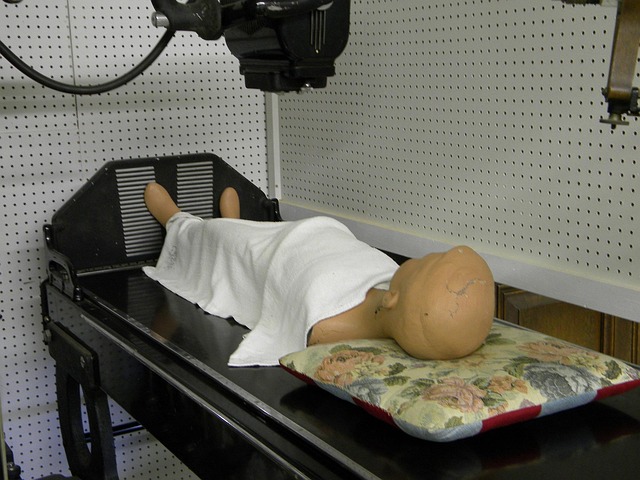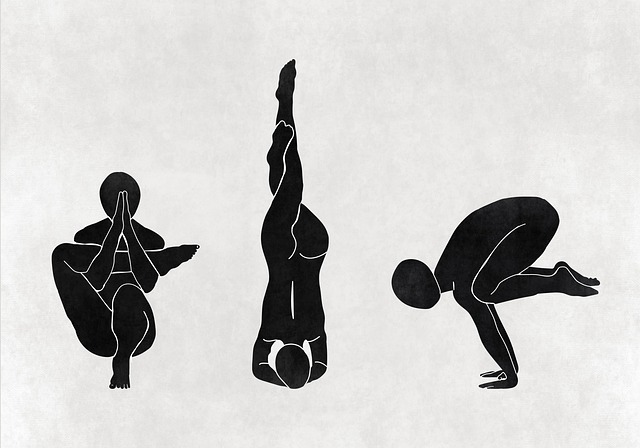Red Flags in Chiropractor Credentials: Ensuring Safe, Effective Care
When considering chiropractic treatment, scrutinize the practitioner's credentials to avoid potential risks. Red flags include unverified licenses, questionable certifications, and exaggerated healing claims. Proper licensing and accreditation guarantee evidence-based, ethical care for issues like back pain or nerve problems. Verify education, experience, and affiliations to ensure a chiropractor meets industry standards, preventing misdiagnosis and inappropriate treatments.
In the pursuit of optimal health, many patients seek chiropractic care, trusting that their practitioner’s credentials are verified and reliable. However, unverified or questionable chiropractic credentials pose significant risks to patient safety. This article delves into recognizing red flags in chiropractic credentials, exploring the impact of unsubstantiated claims, and providing strategies for ensuring credible chiropractic treatment. By understanding these crucial aspects, patients can make informed decisions, prioritizing their well-being in the face of potential ‘red flag’ practices.
- Recognizing Red Flags in Chiropractic Credentials
- The Impact of Unverified Claims on Patient Safety
- Strategies for Ensuring Credible Chiropractic Care
Recognizing Red Flags in Chiropractic Credentials

When it comes to chiropractic care, recognizing red flags in credentials is paramount for ensuring patient safety and effective treatment. Unverified or questionable credentials can signal potential issues that may impact the quality and safety of chiropractic treatment. One major red flag to look out for is a lack of proper licensing and certification from recognized authorities. Chiropractors must obtain licenses to practice, and these licenses typically require successful completion of accredited educational programs and passing relevant exams. If a chiropractor claims expertise but cannot provide evidence of such qualifications, it should raise concerns among patients.
Additionally, be wary of exaggerated or unsubstantiated claims. Red flags may include statements that imply the chiropractor possesses unique or miracle healing powers, or promises rapid and drastic results. The field of chiropractic is based on scientific principles and evidence-based practices, so any treatment approach that deviates from these standards should be scrutinized. It’s essential for patients to verify these credentials and claims to avoid potential risks associated with unproven or unethical chiropractic care, especially when dealing with sensitive health issues like back pain or nerve problems.
The Impact of Unverified Claims on Patient Safety

Unverified or questionable credentials can have severe implications for patient safety, especially in healthcare fields like chiropractic treatment where the red flags are often subtle. When a chiropractor or any healthcare provider lacks proper certification or their qualifications cannot be verified, it introduces an element of risk for patients. Such practitioners may lack the necessary knowledge and skills to diagnose and treat conditions effectively, which could lead to misdiagnosis, inappropriate treatments, and potential harm.
In the context of chiropractic care, patients should look out for red flags such as unverified education or licenses, lack of professional affiliations, and incomplete or inconsistent treatment plans. These indicators might suggest that a practitioner is not keeping up with the latest research or standards in their field, which could impact patient outcomes. Ensuring that healthcare providers are properly accredited and certified is vital to maintaining trust and safety within the healthcare system.
Strategies for Ensuring Credible Chiropractic Care

When seeking chiropractic care, it’s crucial to verify the practitioner’s credentials to ensure safe and effective treatment. Start by checking if the chiropractor has a valid license issued by the appropriate regulatory body in your region. This simple step is vital as it confirms they have met the minimum educational and clinical standards required. Reputable chiropractors should also possess certifications from recognized professional organizations, indicating specialized training and commitment to ethical practice.
Additionally, look for red flags like lack of experience or unusual treatment approaches. Unverified or questionable credentials might suggest a practitioner who is not adequately trained or potentially engaging in unsafe practices. It’s always beneficial to ask about their educational background, clinical experiences, and the specific techniques they use. Chiropractors who are open about these aspects demonstrate professionalism and respect for patient autonomy.
In light of the potential risks associated with unverified or questionable chiropractic credentials, it’s paramount to be aware of red flags and implement strategies that ensure credible care. By recognizing the impact of unverified claims on patient safety and adopting proactive measures, individuals can make informed decisions when seeking chiropractic treatment. Staying vigilant and using these insights can help foster a safer and more trustworthy environment for all patients.














